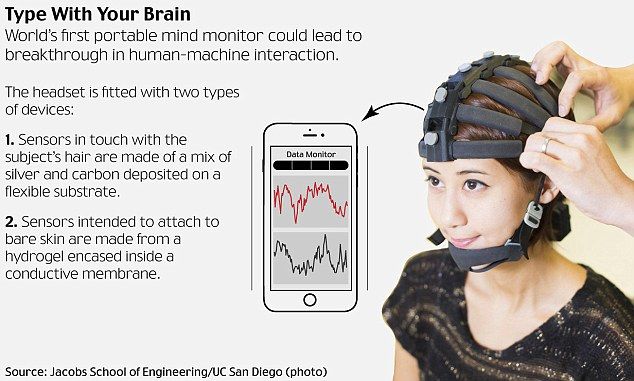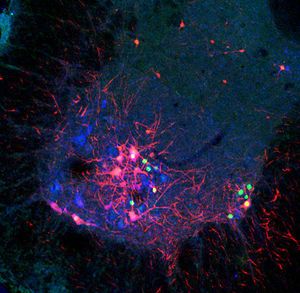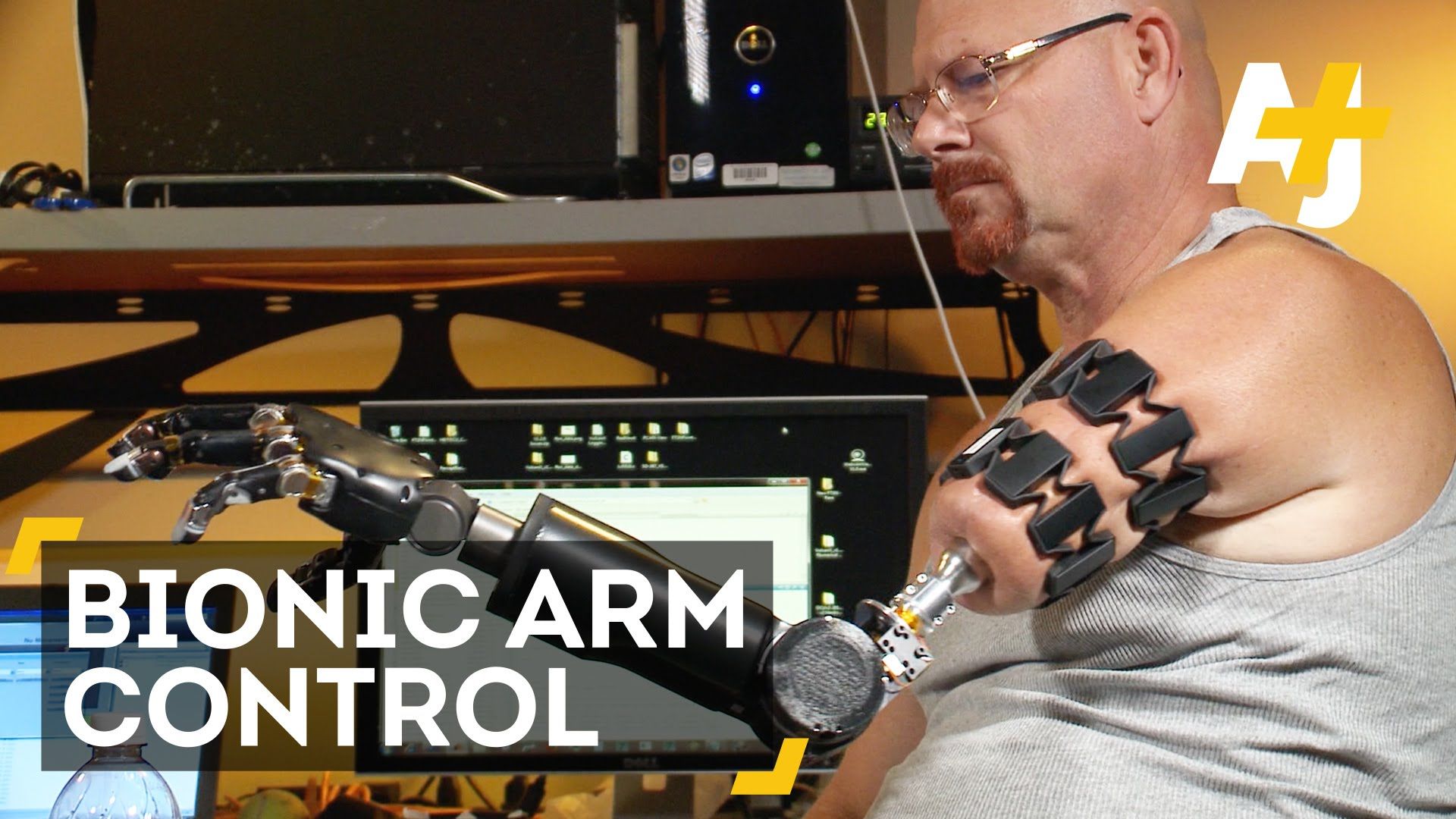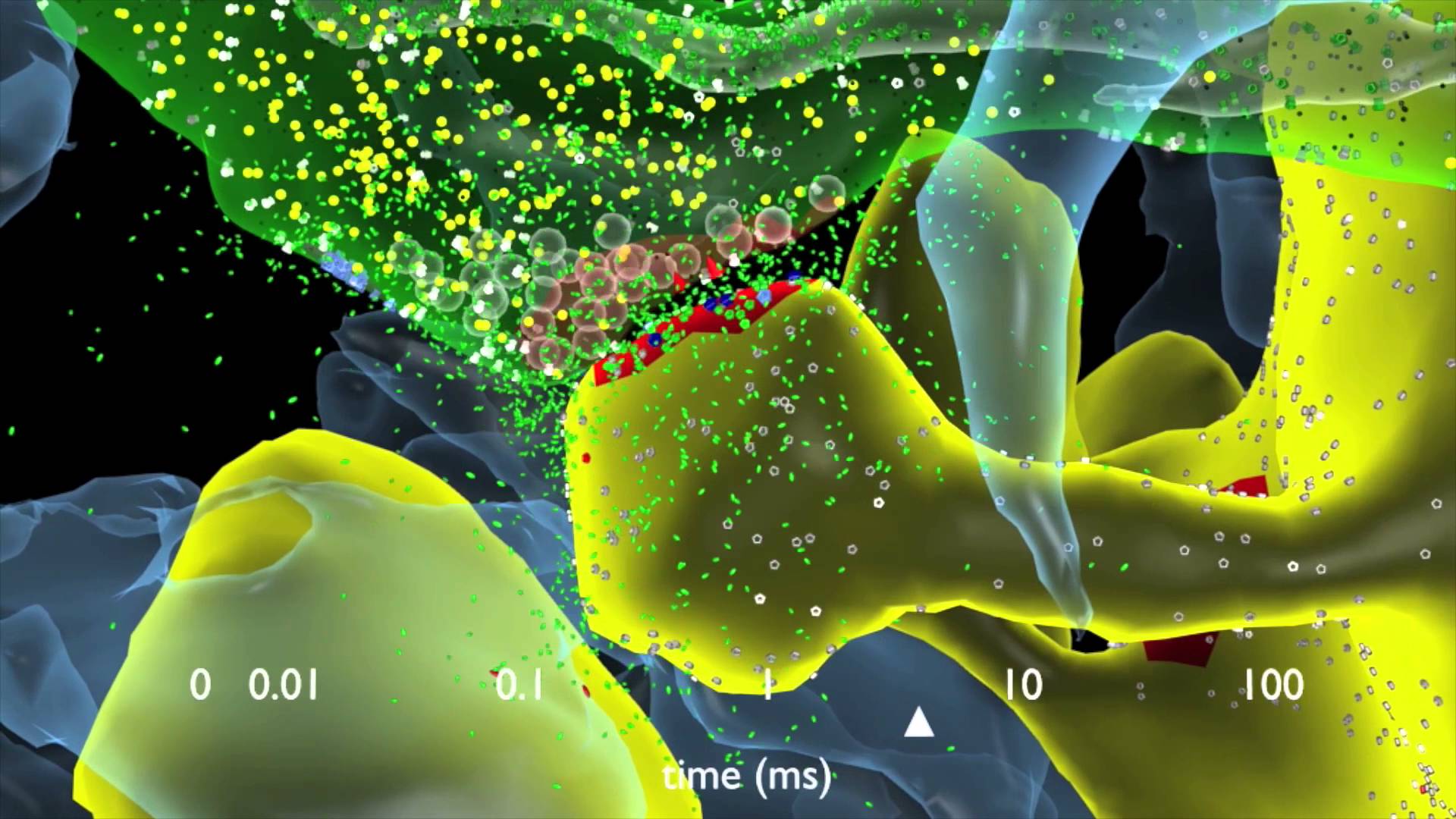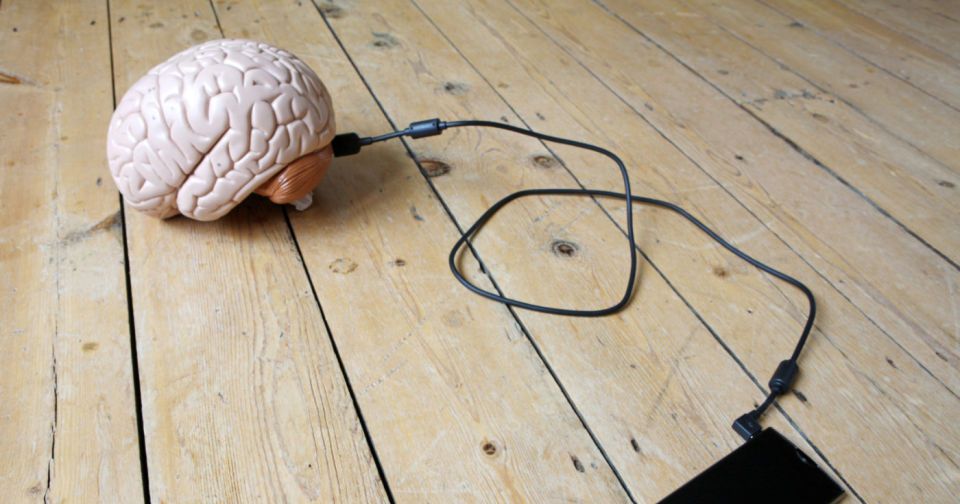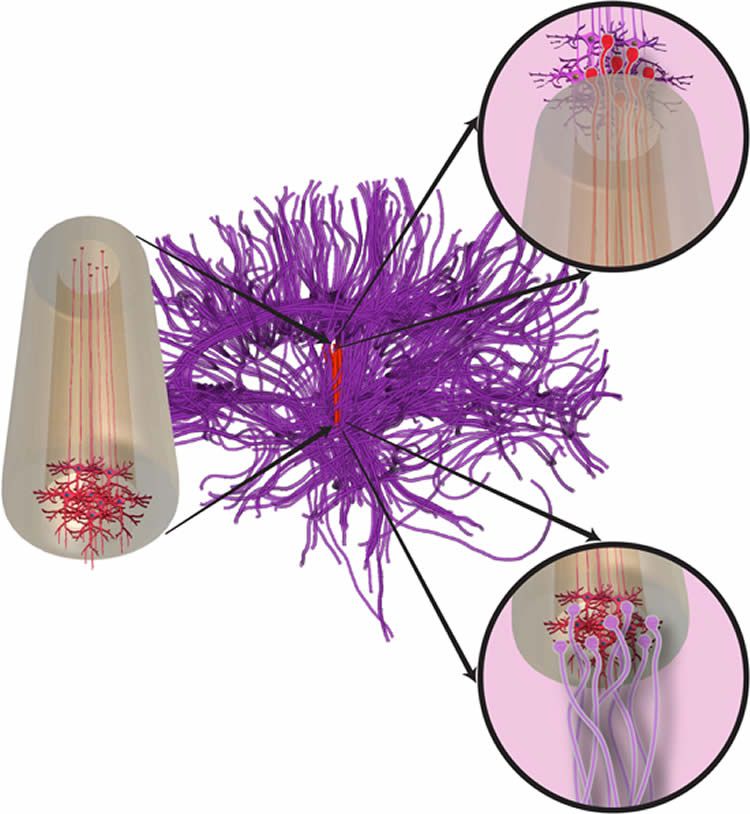A new algorithm has been developed that will drastically reduce the time and effort needed to create induced pluripotent stem cells (iPSCs). As a result of this breakthrough, we can expect a dramatic revolution in regenerative medicine in the near future.
What if you could directly reprogram cells to develop into whatever you wished? What if you could take an undifferentiated, incipient cell, full of the unrealized potential to become any one of the many specialized cells in the human body, and nudge it into becoming ocular tissue, or neural cells, even a new heart to replace an old or damaged one?
This is the promise afforded by Mogrify, the result of the application of computational and mathematical science to the problems of medicine and biology. It was developed by an international collaboration of researchers from the Duke-NUS Medical School in Singapore, the University of Bristol in the United Kingdom, Monash University in Australia, and RIKEN in Japan. The new research was published online in the journal Nature Genetics.
